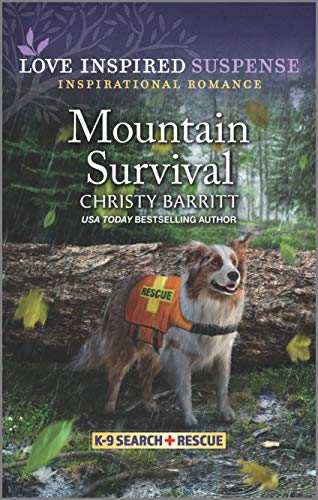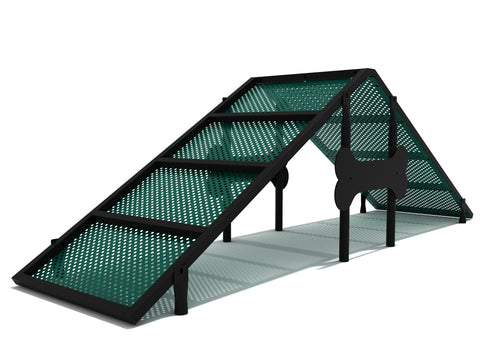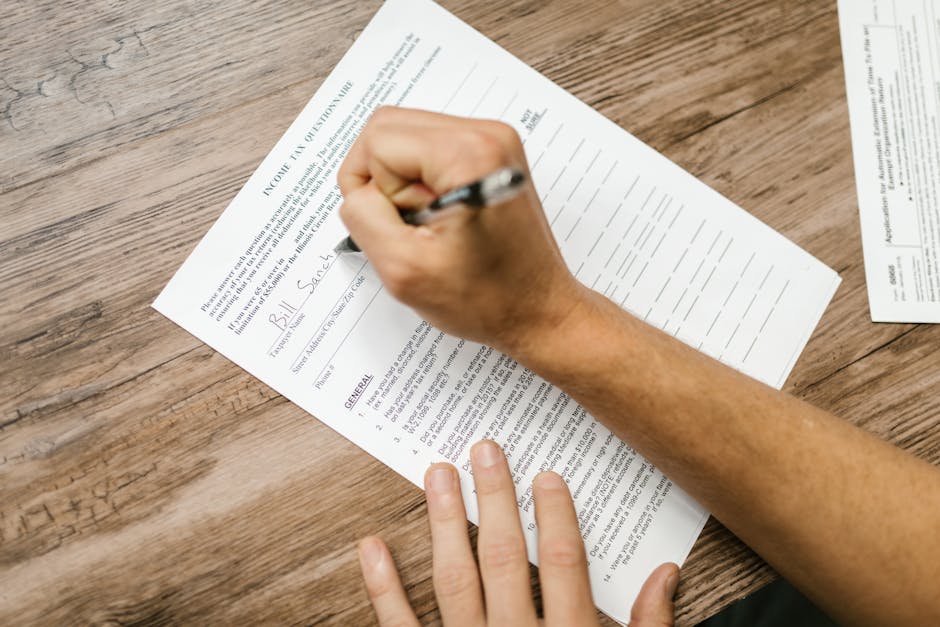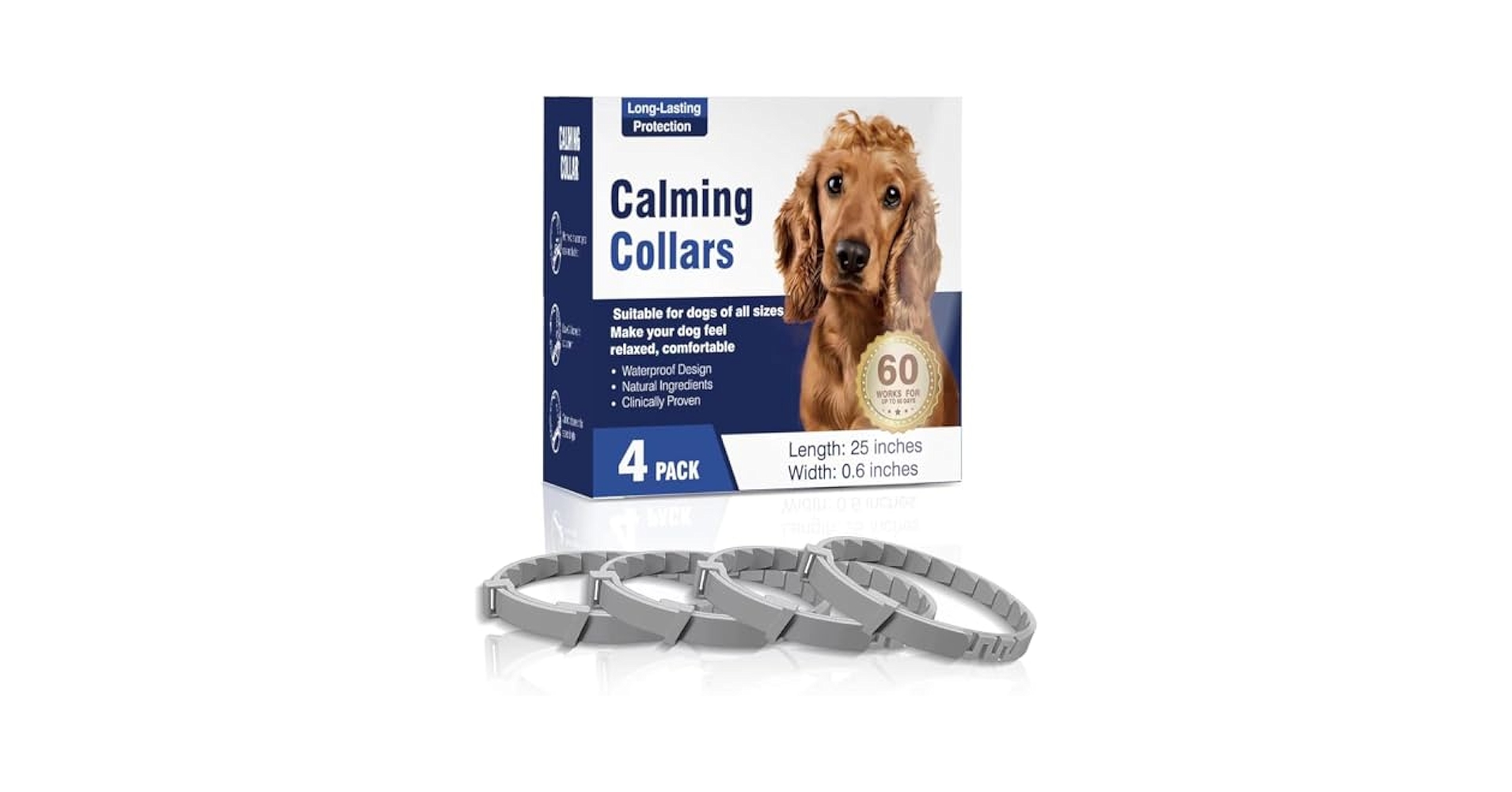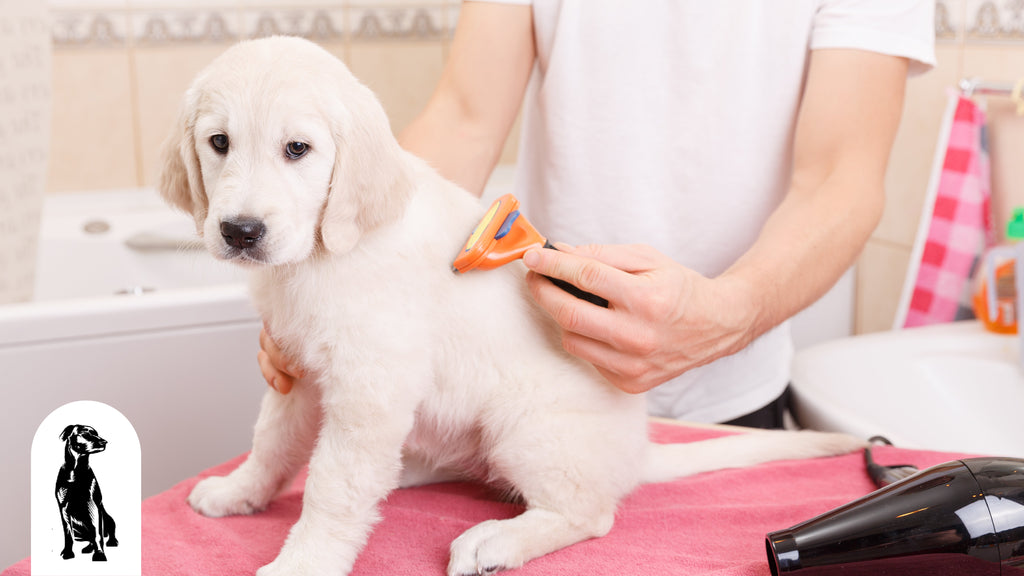Are you looking to create a fun and safe space for your dog to play and exercise? Building your own dog park equipment can be easier and more affordable than you think.
Imagine watching your furry friend jump, climb, and run through obstacles you crafted yourself. This not only keeps your dog happy and healthy but also strengthens the bond between you. You’ll discover simple, step-by-step ideas to make durable and exciting dog park equipment right at home.
Get ready to transform your backyard into your dog’s favorite playground!
Choosing Materials
Choose strong, weather-resistant materials to ensure your dog park equipment lasts long. Wood and metal are popular for durability and safety. Keep your dog’s comfort and safety in mind while picking materials.
Creating your own dog park equipment can be a rewarding project that brings joy to both you and your furry friend. Choosing the right materials is crucial to ensure the safety and durability of the equipment while keeping costs manageable and minimizing environmental impact. Let’s dive into some key considerations for selecting materials that fit your needs and values.
Safe And Durable Options
Safety should be your top priority when choosing materials for dog park equipment. You want to avoid sharp edges and materials that might splinter or break easily. Consider using treated wood, which is smooth and sturdy, making it ideal for ramps and platforms. For metal structures, stainless steel is a great choice due to its resistance to rust and corrosion, ensuring longevity even in harsh weather conditions. If you opt for plastic components, high-density polyethylene (HDPE) is durable and withstands wear and tear, making it safe for your dog to play on.
Budget-friendly Choices
Creating a dog park doesn’t have to break the bank. Look for materials that offer a good balance between cost and quality. Recycled wood can be an affordable option that provides both durability and sustainability. If you’re considering metal, galvanized steel is generally cheaper than stainless steel but still offers good resistance to rust. You might also explore local hardware stores for discounted or overstocked materials. Sometimes, unconventional materials like old tires can be repurposed into fun obstacles without costing a fortune. Have you considered hosting a community donation event to gather materials? It can be a great way to engage with your neighborhood and save money.
Eco-friendly Materials
If you’re environmentally conscious, choosing eco-friendly materials can align your project with your values. Bamboo is a renewable resource that can be used for various park elements, offering both strength and a natural aesthetic. Recycled plastic lumber is another green option, made from waste materials but designed to last just like traditional lumber. It’s weather-resistant and doesn’t require chemical treatments, making it safer for the environment. Are there local suppliers offering sustainably sourced materials? Supporting them can reduce your carbon footprint while contributing positively to your community. By carefully considering these factors, you can create a dog park that is not only fun and safe for your pet but also reflects your personal values and budget. Happy building!
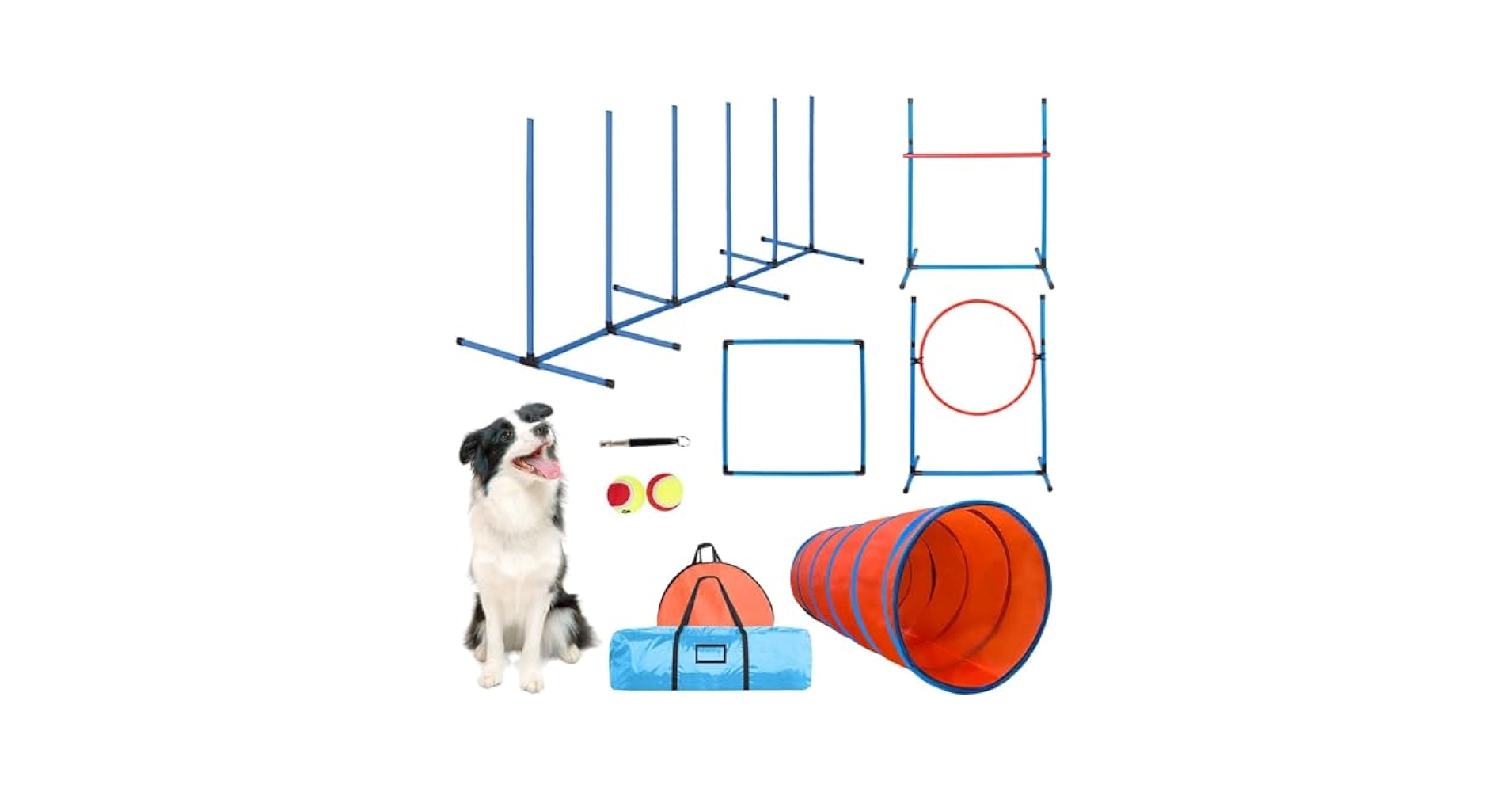
Credit: www.amazon.com
Building Agility Obstacles
Building agility obstacles for your dog park is a fun and rewarding way to keep your furry friend active and mentally sharp. You don’t need fancy equipment to create engaging challenges. Simple materials around your home can transform your backyard into an exciting agility course.
Diy Dog Tunnels
Dog tunnels are fantastic for boosting your pet’s confidence and speed. Use flexible garden hoses, large cardboard boxes, or even children’s play tunnels as a base. Secure the tunnel’s shape with stakes or heavy objects to prevent it from collapsing while your dog runs through.
Think about the tunnel’s diameter—make sure it’s wide enough for your dog to pass comfortably. Adding a few visual cues like colorful tape or flags can help your dog spot the entrance. Have you noticed how your dog reacts to enclosed spaces? Adjust the tunnel length and shape to suit their comfort level and curiosity.
Homemade Weave Poles
Weave poles challenge your dog’s agility and precision. Use PVC pipes, broomsticks, or sturdy wooden dowels stuck into the ground in a straight line. Space the poles about 18 to 24 inches apart for medium-sized dogs; adjust for smaller or larger breeds.
Painting the poles in bright colors can make the course more inviting and easier for your dog to follow. Try varying the spacing slightly as your dog improves to add difficulty. How quickly can your dog master weaving through poles made from simple household items?
Simple Jump Bars
Jump bars are easy to build and add excitement to your dog’s routine. Use two sturdy supports like cinder blocks or buckets filled with concrete to hold a lightweight broomstick or PVC pipe as the bar. Make sure the height is adjustable to match your dog’s skill and size.
Start with a low bar and raise it gradually as your dog gains confidence. Incorporate soft padding on the supports to keep everything safe. Have you tried encouraging your dog with treats or toys to jump over your homemade bars? It’s a great way to build trust and enthusiasm.
Creating Play Stations
Creating play stations in your DIY dog park transforms a simple yard into an exciting adventure zone for your furry friend. Thoughtfully designed areas keep dogs mentally and physically engaged, helping them burn energy and stay happy. You can tailor each play station to suit your dog’s personality and needs, making the park uniquely theirs.
Interactive Tug Toys
Interactive tug toys bring a dynamic element to your dog park. Use sturdy ropes or old climbing gear to craft a safe tug station anchored firmly to a tree or post. This setup encourages social play if you have multiple dogs or lets your dog enjoy solo tugging sessions.
Consider adding adjustable tension points to vary the difficulty. Have you noticed how your dog’s enthusiasm spikes with a new challenge? That’s the power of interactive toys—they keep your dog curious and coming back for more.
Fetch Zones
Create a dedicated fetch zone by clearing a long, open space free of obstacles. Use soft balls or frisbees to avoid injuries. Adding a simple ball launcher you can build yourself can increase the fun and give your dog a great workout.
Mark boundaries with colorful flags or cones to keep the game contained and safe. How long can your dog chase a ball before they start begging for a break? Watching their stamina grow in this zone is incredibly rewarding.
Water Play Areas
Water play areas offer relief on hot days and add sensory fun. A shallow kiddie pool or a DIY sprinkler system made from PVC pipes can keep your dog cool and entertained. Add floating toys or water-safe balls to encourage splashing and chasing.
Make sure the area has good drainage and non-slip surfaces. Have you tried watching your dog discover water for the first time? It’s a joy to see their surprise turn into excitement as they jump and splash.
Designing Rest Spots
Designing rest spots in your DIY dog park equipment is essential for keeping your furry friends comfortable and happy. Dogs need places to relax and recharge between play sessions, and thoughtfully planned rest areas can make a big difference. Have you noticed how your dog looks for a cool, quiet spot after running around? That’s the kind of experience you want to create.
Shaded Seating Areas
Providing shaded seating areas protects dogs from the sun and heat. You can build simple pergolas or use large umbrellas to create these cool retreats. Position seating near trees or use fabric covers that allow airflow to keep the spot pleasant.
Think about materials that resist weather and are easy to clean. Wooden benches with cushions or stone seating can work well. Would your dog prefer a spot where they can still watch the action or somewhere more secluded?
Comfortable Dog Beds
Adding comfortable dog beds invites your pets to rest peacefully. Choose beds with washable covers and enough padding to support joints. Elevated beds help keep dogs off the hot ground and improve airflow.
Consider placing beds in shaded areas to enhance comfort. You might want to try different textures and firmness to see what your dogs prefer. Have you ever seen how a well-placed bed can become a dog’s favorite hangout in a park?
Cooling Mats
Cooling mats are perfect for hot days and can be a lifesaver for dogs sensitive to heat. These mats absorb and dissipate heat, providing a refreshing surface for your dog to lie on. They’re easy to place in shaded seating areas or next to beds.
Look for mats that are durable and non-toxic, so your dog stays safe. You could also rotate them between sun and shade spots depending on the weather. Would your dog try lying on a cool mat after a vigorous play session?
Safety Tips
Safety should be your top priority when creating DIY dog park equipment. Ensuring a secure environment protects your furry friends from injuries and lets you enjoy playtime with peace of mind. Let’s dive into practical safety tips that will keep your dog park fun and hazard-free.
Avoiding Hazards
Start by checking every piece of equipment for sharp edges, splinters, or loose parts. Use dog-safe materials like untreated wood or durable plastics to prevent toxic exposure. Avoid small gaps where paws or tails can get stuck—these can cause panic and injury.
Think about your dog’s size and energy level when designing obstacles. A ramp that’s too steep or a jump that’s too high can lead to accidents. Have you ever seen a dog hesitate or refuse to use equipment? That’s a clear sign it might not be safe or comfortable.
Regular Maintenance
Once your equipment is up and running, schedule regular checks to spot wear and tear early. Tighten bolts, sand rough spots, and replace broken parts before they become a hazard. Dirt and moisture can cause slippery surfaces, so keep everything clean and dry.
Maintenance isn’t just about fixing damage; it’s also about preventing it. Inspect after storms or heavy use. Have you noticed how a quick cleanup can extend the life of your DIY setup? It’s a small effort with a big payoff.
Supervision Guidelines
Never leave your dogs unsupervised on the equipment. Dogs can get overly excited and hurt themselves without someone watching. Stay alert to signs of stress or aggression and be ready to intervene.
Consider setting rules for park use, like limiting the number of dogs at once or separating by size. This helps avoid conflicts and accidents. How often do you check in while your dog is playing? Your presence is the best safety net.

Credit: www.springfreetrampoline.com
Personalizing Your Park
Personalizing your DIY dog park turns a simple play area into a space that truly belongs to your furry friend. It’s not just about functionality but also about creating a spot that reflects your dog’s personality and your style. This connection makes playtime more meaningful and enjoyable for both of you.
Custom Paint And Decorations
Adding color and decorations can transform plain equipment into eye-catching features. Use non-toxic, pet-safe paints in bright colors or patterns that match your yard or your dog’s personality.
Think about painting paw prints, your dog’s name, or fun shapes on ramps and tunnels. Adding decorations like weather-resistant stickers or attaching hanging toys can make the park more inviting.
Incorporating Your Dog’s Favorites
Does your dog love chasing balls or sniffing out treats? Add elements that highlight these interests.
- Install a ball launcher or a basket for easy ball storage.
- Place scent trails or treat-dispensing puzzles in safe spots.
- Create shaded napping zones if your dog enjoys relaxing between runs.
Personal touches like these keep your dog engaged and excited to visit their park daily. What favorite activity can you bring into your setup?
Adding Training Elements
Training doesn’t have to be boring, especially in a park designed by you. Incorporate simple obstacles that encourage learning and obedience.
- Set up weave poles to improve agility and focus.
- Add a pause table for practicing commands like “stay” or “wait.”
- Use balance beams to build coordination and confidence.
These features turn playtime into productive sessions without feeling like a chore. How can you blend fun and training in your park?

Credit: willygoat.com
Frequently Asked Questions
What Materials Are Best For Diy Dog Park Equipment?
Durable, non-toxic materials like treated wood, PVC pipes, and metal are ideal. These ensure safety and longevity outdoors. Avoid sharp edges and toxic paints to protect dogs.
How Much Space Is Needed For A Diy Dog Park?
A minimum of 500 square feet allows room for equipment and play. Larger spaces offer more freedom and variety in obstacles. Always consider your dogs’ size and activity level.
What Essential Equipment Should I Include In My Dog Park?
Include agility tunnels, ramps, hurdles, and weave poles. These promote exercise, coordination, and mental stimulation. Ensure all equipment is stable and securely installed for safety.
How Do I Maintain Diy Dog Park Equipment?
Regularly inspect for wear, loose parts, and damage. Clean surfaces with pet-safe products to prevent bacteria buildup. Timely repairs ensure safety and extend equipment lifespan.
Conclusion
Building your own dog park equipment brings fun and exercise together. It saves money and lets you customize the play area. Dogs enjoy new challenges and spaces to explore. Simple materials and tools can create safe, durable gear. Small projects grow into a favorite spot for your pet.
Try different designs to keep things fresh and exciting. Watching your dog happy makes the effort worthwhile. Start with easy ideas and add more over time. Enjoy the process and bond with your furry friend. A DIY dog park creates joy for both of you.

